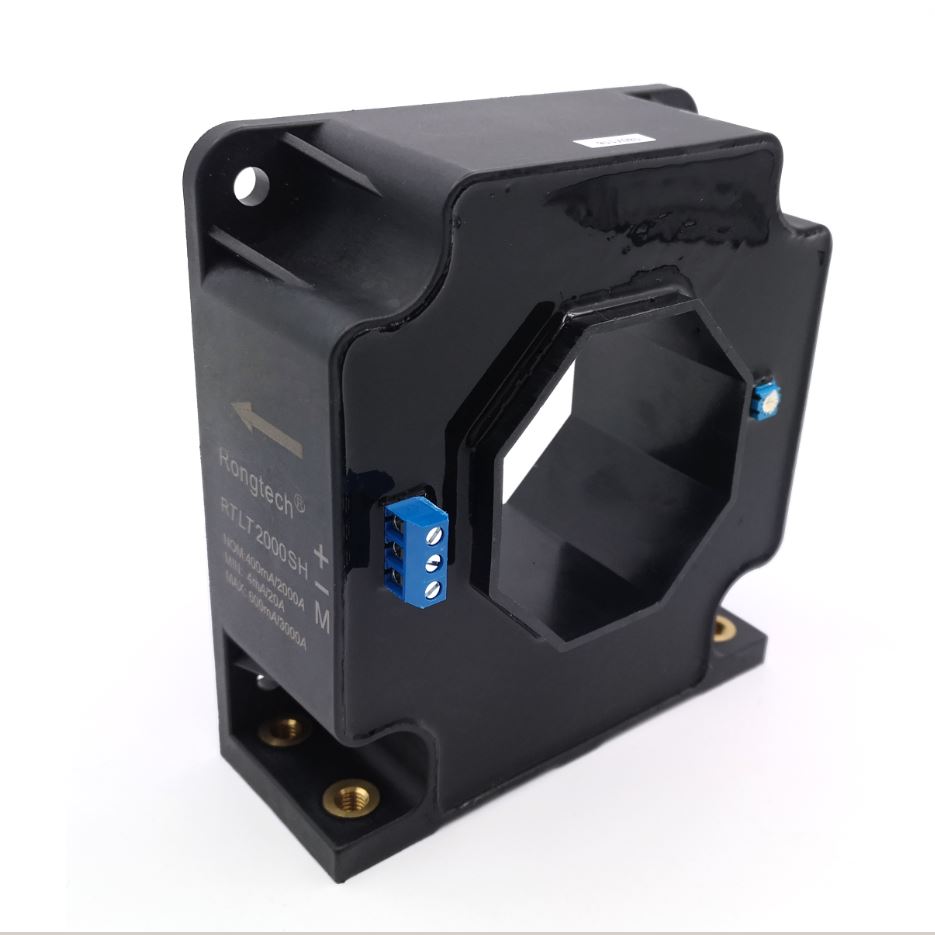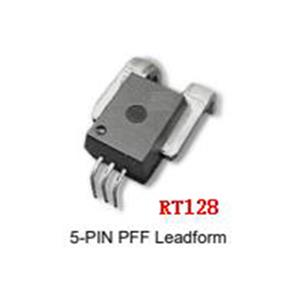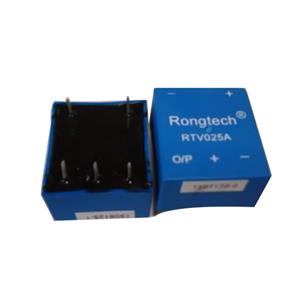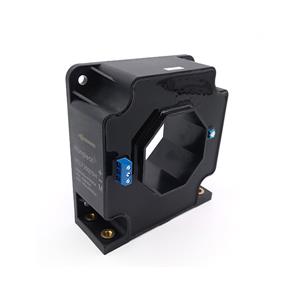Closed-loop Hall effect sensor
High Precision Closed-Loop Mode Hall Effect Current Sensors: Performance and Applications
High precision closed-loop mode Hall effect current sensors represent a cutting-edge advancement in current measurement technology, offering unparalleled accuracy, stability, and versatility across industries. These sensors leverage the Hall effect principle combined with closed-loop feedback mechanisms to deliver real-time current monitoring with minimal error, even in demanding environments. This article examines their operational principles, performance advantages, and diverse applications.

1. Operational Principles and Key Features
1.1 Hall Effect and Closed-Loop Design
Hall effect sensors generate a voltage proportional to a magnetic field created by a current-carrying conductor. In closed-loop mode, this output is fed back to a compensation coil, which generates a counteracting magnetic field to nullify the original field. This feedback loop ensures near-zero flux in the magnetic core, resulting in highly linear and stable output signals. Compared to open-loop designs, closed-loop sensors achieve superior accuracy, lower temperature drift, and faster response times.
1.2 High Precision and Linearity
Closed-loop Hall sensors achieve measurement accuracies as high as ±0.1% to ±0.5% of the full-scale current, with linearity errors below 0.1%. This precision is critical for applications requiring tight control over power delivery, such as motor drives or battery management systems.
1.3 Wide Bandwidth and Fast Response
The closed-loop architecture enables bandwidths of DC to 200 kHz or higher, making these sensors suitable for dynamic current waveforms in switching power supplies or inverters. Response times are typically <1 μs, ensuring real-time monitoring of rapid current changes.
1.4 Isolation and Safety
These sensors provide galvanic isolation between the primary current path and the measurement circuit, with isolation voltages ranging from 2–6 kV. This eliminates ground loop issues and protects sensitive electronics from high-voltage transients.
1.5 Temperature Stability
Advanced temperature compensation algorithms and materials (e.g., low-drift Hall elements) minimize resistance to thermal variations. Temperature coefficients of offset (TCO) and gain (TCG) are often <50 ppm/°C, ensuring reliable performance across -40°C to +125°C.
1.6 Low Power Loss and Compact Size
Closed-loop sensors exhibit minimal insertion loss (e.g., <0.5 mΩ), reducing energy waste in high-current paths. Their compact, surface-mountable packages (e.g., SOIC, SIP) save space in densely populated PCBs.
2. Key Application Areas
2.1 Industrial Motor Drives and Automation
In servo motors, robotics, and CNC machines, closed-loop Hall sensors provide precise current feedback for torque control and fault detection. They ensure optimal efficiency in variable frequency drives (VFDs) by monitoring phase currents in real time.
2.2 Electric Vehicles (EVs) and Charging Systems
These sensors are integral to EV powertrains, measuring battery pack currents for state-of-charge (SOC) estimation and protecting against overcurrents. In fast-charging stations, they monitor DC link currents to maintain safety and efficiency during high-power transfers.
2.3 Renewable Energy Systems
Solar inverters and wind turbine converters rely on closed-loop sensors for MPPT (Maximum Power Point Tracking) algorithms and grid synchronization. They also safeguard systems by detecting fault currents in DC/AC conversion stages.
2.4 Medical Equipment
High-precision current sensing is vital in MRI machines, X-ray generators, and surgical tools. The isolation and accuracy of closed-loop Hall sensors prevent leakage currents from compromising patient safety.
2.5 Consumer Electronics and Smart Appliances
In air conditioners, refrigerators, and power tools, these sensors optimize energy use by monitoring motor currents. They also enable safety shutoffs in case of overloads.
2.6 Aerospace and Defense
Avionics, UAVs, and satellite systems use closed-loop sensors for power distribution, thruster control, and battery monitoring. Their ruggedized designs withstand vibration, radiation, and extreme temperatures.
3. Advantages Over Alternative Technologies
Compared to open-loop Hall sensors, shunt resistors, or current transformers, closed-loop Hall effect sensors offer:
Higher accuracy and linearity due to feedback compensation.
Broader bandwidth for AC/DC mixed signals.
Galvanic isolation, eliminating the need for additional isolation components.
Lower insertion loss compared to shunt resistors.
Immunity to external magnetic fields through shielded designs.
4. Future Trends
The rise of wide-bandgap semiconductors (SiC/GaN) and ultra-fast charging infrastructure will demand sensors with higher bandwidths (>500 kHz) and enhanced thermal resilience. Integration with digital interfaces (I²C, SPI) and embedded diagnostics (e.g., self-calibration, fault reporting) will further streamline system design. Innovations in nanocrystalline magnetic cores and MEMS-based Hall elements may push accuracy beyond ±0.05%.
Core Keywords
Closed-loop Hall effect sensor, High-precision current measurement, Galvanic isolation, Wide bandwidth, Temperature stability, Industrial motor drives, Electric vehicles, Renewable energy systems, Medical equipment, Wide-bandgap semiconductors.
This article highlights the transformative role of high-precision closed-loop Hall effect current sensors in enabling efficient, safe, and intelligent power management across modern industries.




